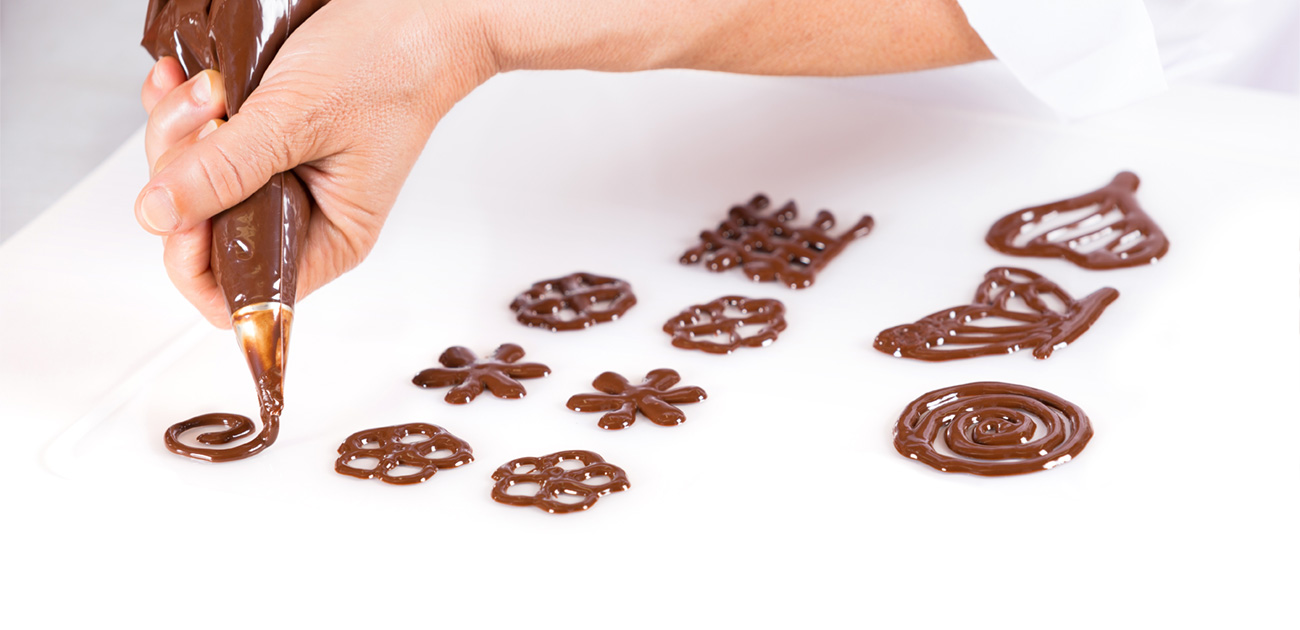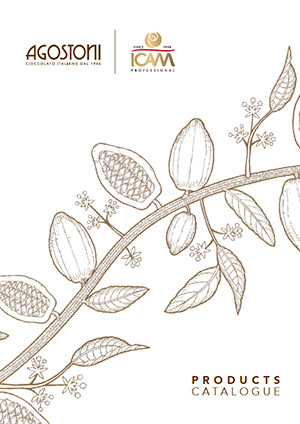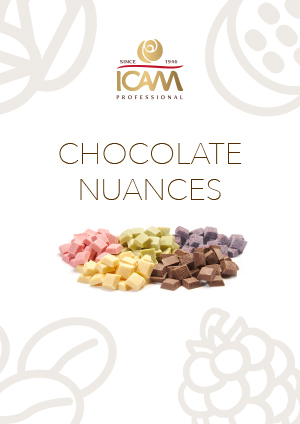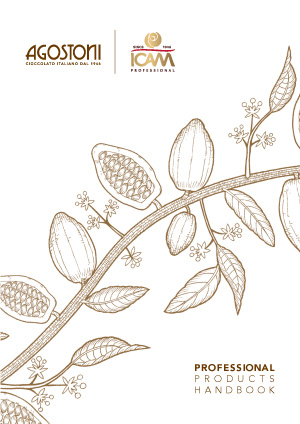Chocolate processing, especially when it is used in molded and coated products, is strongly influenced by the particular crystallization characteristics of cocoa butter.The aim of tempering or pre-crystallisation is to select the β (Beta) crystals of cocoa butter, that are the ones in stable form, so that the chocolate may preserve in time a perfect structure, glossiness and snap. On the contrary, chocolate “out of temper” (because of an incorrect tempering, but also due to temperature fluctuations), will be difficult to remove
from the moulds. It will be dull in appearance, with the surfacing of cocoa butter (fat bloom), a sandy or inconsistent or poor melt-in-the-mouth texture and a quick organoleptic deterioration in time.
The tempering process is divided into three phases:
1. Melting
To ensure the proper melting of all the crystals, bring the chocolate to a temperature of 45°- 50°C and melt it completely, making it totally fluid, without leaving any lumps. For this operation you can use dissolvers, stoves and microwave ovens; in this last case we recommend that you proceed gradually while mixing continuously to avoid burning the product.
2. Cooling
As an indication, cool white chocolate to 26°/27° C, milk chocolate to 27°/28° C and dark chocolate to 28°/29°C, in a homogeneous way. Many of the crystals that will be formed in this phase belong to unstable typologies. Mix the chocolate mass continuously, to spread the β (Beta) type crystals of cocoa butter uniformly.
3. Heating
Heat again the pre-crystallized chocolate mass by increasing the temperature to 28°/29° C for white chocolate, 29°/30° C for milk chocolate and 31°/32° C for dark chocolate. In this way, only the stable β (Beta) type crystals of cocoa butter will be selected. The chocolate can now be processed and used.
Once tempered, as it cools the chocolate tends to crystallize. In order not to have to repeat the process, it is necessary to always keep the temperature within the β (Beta) type crystal stability (27°-34°C) and as near as possible to the service temperature to ensure excellent malleability.




